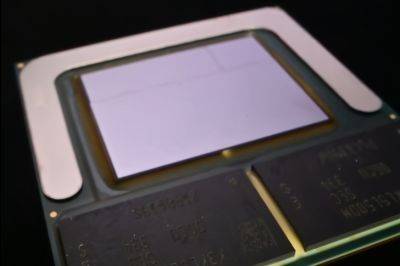Intel found a bug in its high-end CPU microcode is 'potentially contributing to instability' though 'is not the root cause' of those long-reported game crashes
It's been months since the first reports of Intel's Core i9 processors being unstable in Unreal Engine games, but a small step toward a solution has been made, with the discovery in the code that controls how the boost clock is managed. Gamers hoping for a total fix will need to wait, though, as Intel says that the bug isn't the root cause of the CPU instability.
The coding bug was first reported by Igor's Lab, citing an internal Intel document on a microcode error that affected the eTVB feature of Core i9 processors. If you're not aware of what that does, Enhanced Thermal Velocity Boost (eTVB) pushes the boost clock on one or two P-cores past the normal limit, as long as the chip isn't being constrained by thermal and power limits.
Some of the wording in the document suggested that the bug was responsible for the spate of crashes that many PC gamers with 13th and 14th-Gen Core i9 processors were experiencing, but Intel told Tom's Hardware that «while this issue [the eTVB bug] is potentially contributing to instability, it is not the root cause.»
That makes sense because some owners of Core i7 models have also been experiencing the stability issue, and those models don't have the eTVB feature.
So far, Intel has been recommending that its motherboard partners offer a so-called Intel Baseline Profile in the BIOS/UEFI, which is supposed to set power and current limits to those specified for the CPU installed. For example, a Core i9 14900K should have default PL1/PL2 values of 125 and 253 W respectively, but many motherboard manufacturers use 253 W or higher for both.
While using the default limits greatly helps to prevent Core i7 and i9 processors from becoming too hot and unstable, they also impact the maximum sustained performance of the chip. Where a CPU might be able easily to reach 5.6 GHz at 250 W, it will only briefly do so and not sustain it at, say, 150 W or lower.
However, unless you're playing a game that's entirely CPU-limited and heavily dependent on clock







